Scientists Find Wooden Structure That Dates Back Before Humanity
For thousands of years, small populations of people wandered the Earth in search of food, water, and prosperity. While conventional knowledge has led us to believe that the transition from nomadic lifestyles to more sedentary ones did not happen until 15,000 years ago, new research has unveiled a shocking truth.
A new study has discovered an ancient structure dating back almost half a million years, putting this idea into question.
The Discovery of the Structure
Archaeologists unearthed primitive wooden tools and structures dating back 476,000 years at a site in Kalambo Falls, Zambia.

Source: mario_ruckh/Flickr
The recent discoveries in Southern Africa predate the era of Homo sapiens by a considerable period, indicating that early hominins possessed the ability and knowledge of construction practices.
The First Archaeologist to Find the Structure
Archaeologist J. Desmond Clark first recorded the Kalambo Falls site in 1953, then returned to the site in the ‘60s for an extensive excavation.

Source: Wikimedia Commons
At the time, Clark uncovered wood within a Stone Age geological sequence. While he couldn’t prove it with the technology and tools available, Clark believed that the wood belonged to a structure.
The Second Archaeologist to Take Up the Study
However, new tools and dating techniques used by the team led by Larry Barham, a professor of Archaeology at the University of Liverpool, visited Kalambo Falls in 2006 and dated the sequences to between 300,000 and 500,000 years.
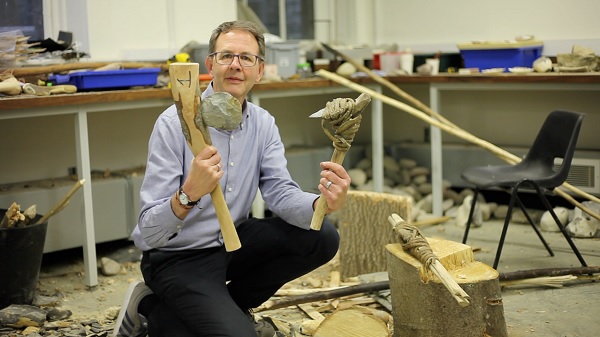
Source: The University of Liverpool
Barham returned to the site later with even better dating techniques, but a nearby river had destroyed the area.
A New Discovery
By using Google Earth, Barham identified an alternate site, which turned out to have more exciting findings that could reveal more about Earth’s history.

Source: Freepik
“On the riverbank, we found big stone tools, and I saw a piece of wood sticking out which looked like it had been broken recently,” Barham said (via Syfy).
Finding Evidence of Civilization
Over four weeks, Barham and his team found evidence of modified wood, including some that appeared to be part of a structure, across the entire date range of the sequence.
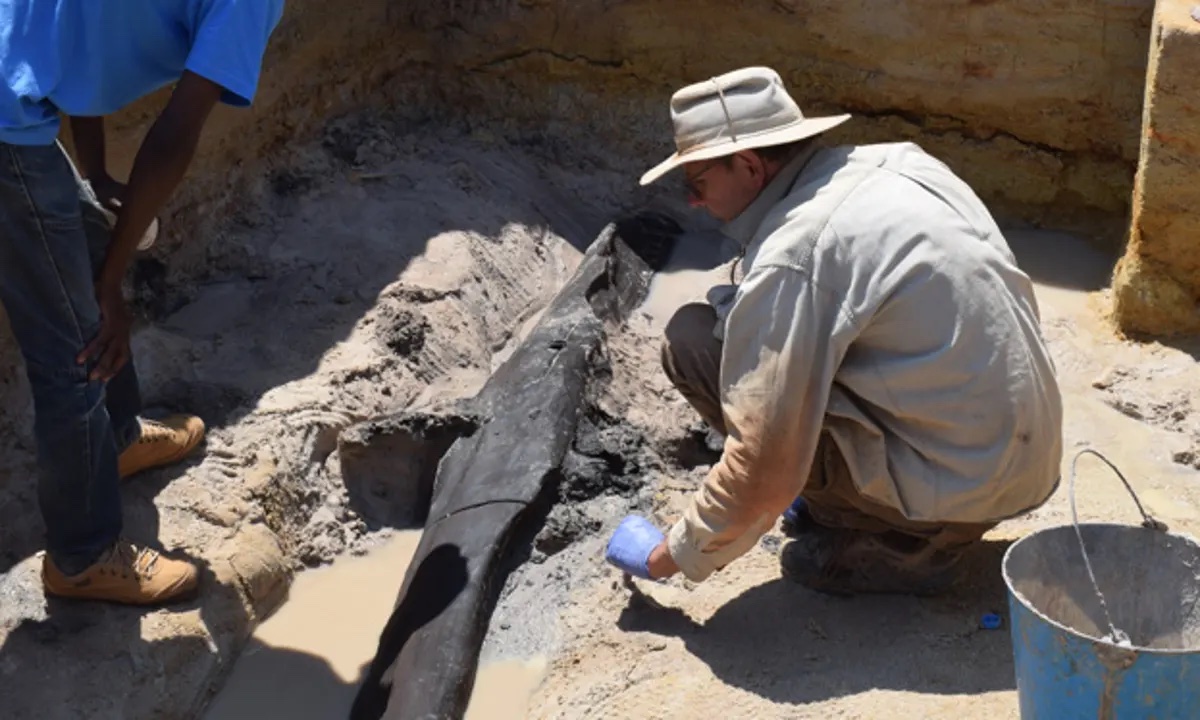
Source: Larry Barham University of Liverpool
According to the study findings, the wooden construction was composed of “two interlocking logs joined transversely by an intentionally cut notch,” (via Pictures In History).
The Evidence Clark Was Looking For
This discovery suggests that primitive peoples in the area were modifying wood earlier than researchers have once believed.

Source: Wikimedia Commons
“What Clark had agonized over, the lack of clear evidence of chop marks, we saw it right there from the start. You can see where the stone tools had just sliced in and left the characteristic stone tool marks,” Barham said (via Syfy).
The Preservation of Objects Is Excellent
Because Barham and his team unearthed the objects beneath at least 30 centimeters of dirt, which shielded them from sunlight and heat, they found well-preserved digging sticks, a cut log, a wedge, and a notched branch.
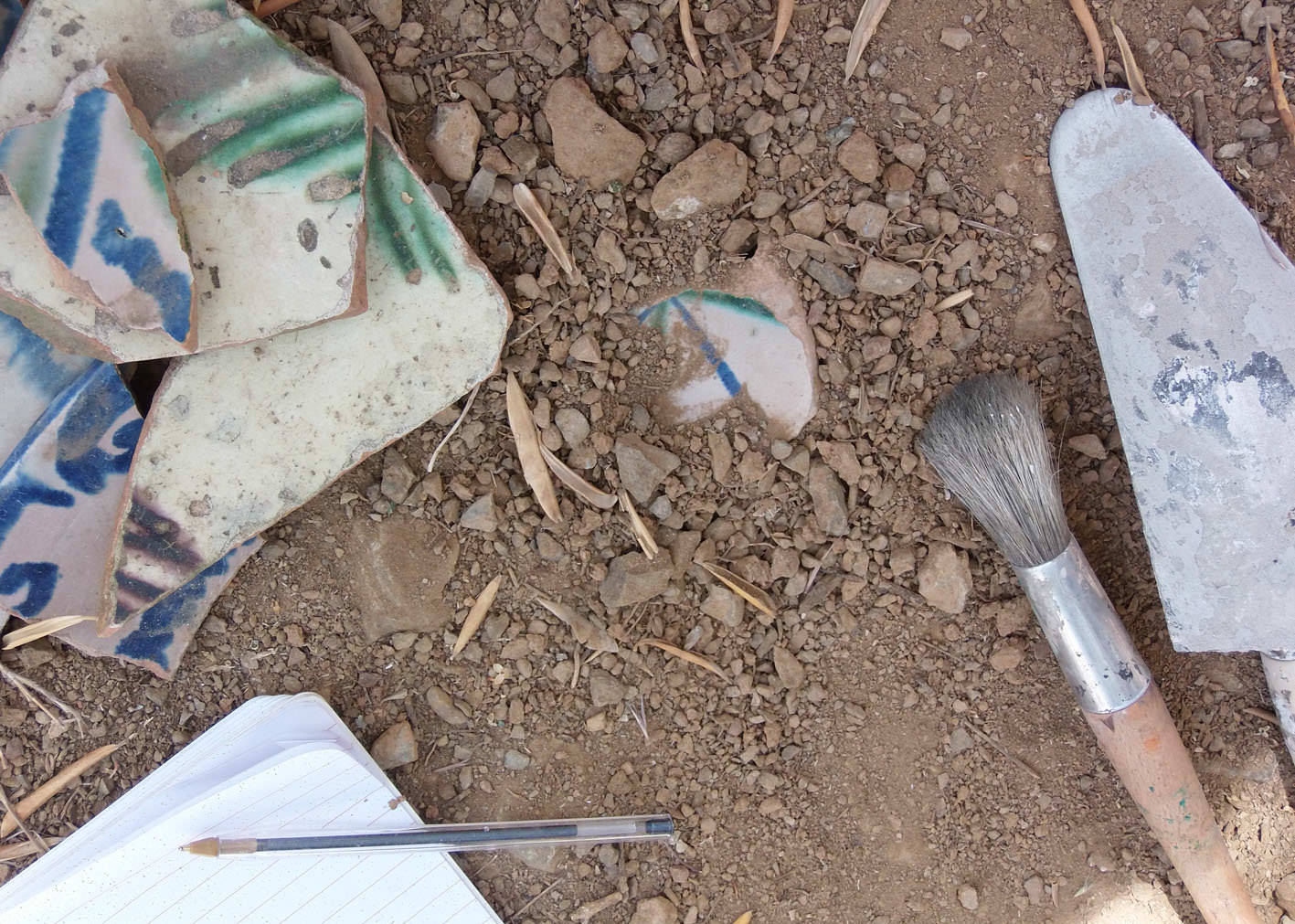
Source: Maisie Jewkes / World History Encyclopedia
One of the most significant revelations was that hominin species likely establish a home for an extended period.
No Longer the Belief
Researchers believed that early humans lived a nomadic lifestyle centered around hunting and gathering, using rudimentary tools in their day-to-day life.
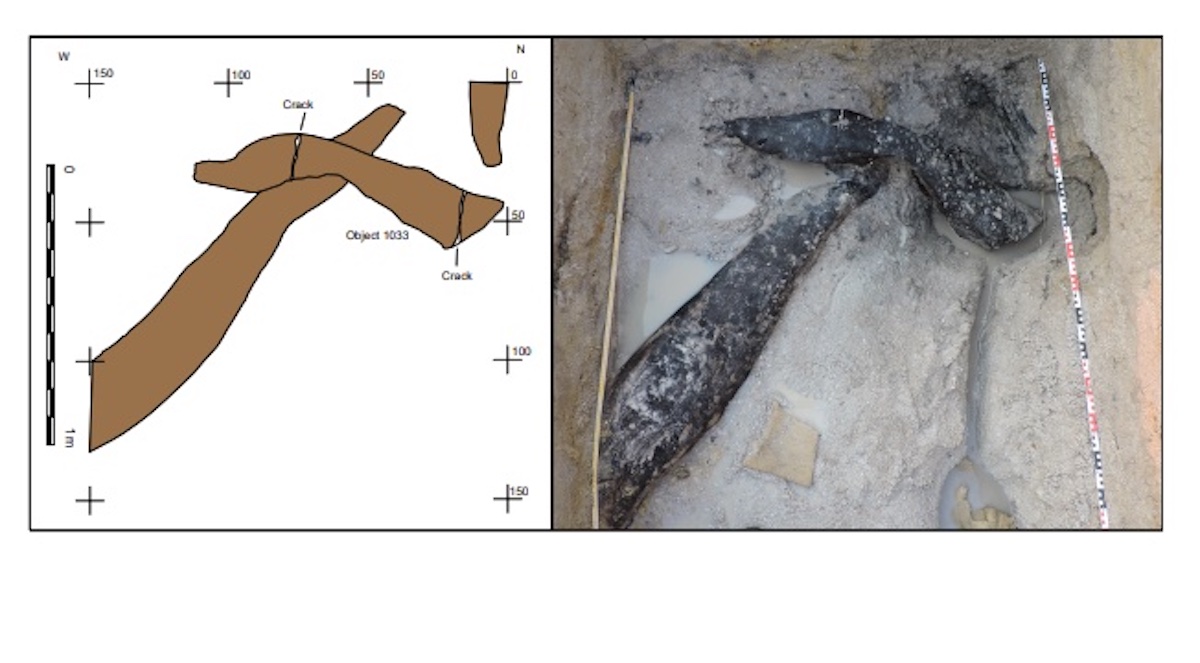
Source: Larry Barham University of Liverpool
These tools made construction a challenge, but experts speculate that the excavated structure may serve as the cornerstone of a larger habitation.
How the Team Dated the Objects
The team found five pieces of worked wood spanning tens of thousands of years. The researchers used new luminescence dating techniques to determine the age of the pieces and how long they had been buried.

Source: Larry Barham University of Liverpool
Materials buried 30 cm beneath the dirt start soaking up radiation from the surrounding sediment in the crystal structures of quartz and feldspar.
The Oldest Object Found
Quarts get full after about 100,000 years, but feldspar has a radiation charge capacity of 500,000–600,000 years. “We found wood across the entire 300,000 to 500,000-year period. This wasn’t a one-off,” Barham said.

Source: Larry Barham University of Liverpool
Researchers found the oldest piece to date back to 476,000 years ago, predating the emergence of Homo sapiens by roughly 200,000 years.
Researchers Need To Conduct More Research
While further exploration of the site is necessary, it seems that the hominins at Kalambo Falls identified an advantageous location with ample water resources and abundant vegetation from the nearby forest.

Source: Larry Barham University of Liverpool
This location made it a seemingly ideal location to prosper for an unknown amount of time.
Expanding the Human Evolutionary Record
“Based on our current understanding, Zambia at the time was inhabited by Homo heidelbergensis, that’s the leading candidate,” Barham said.
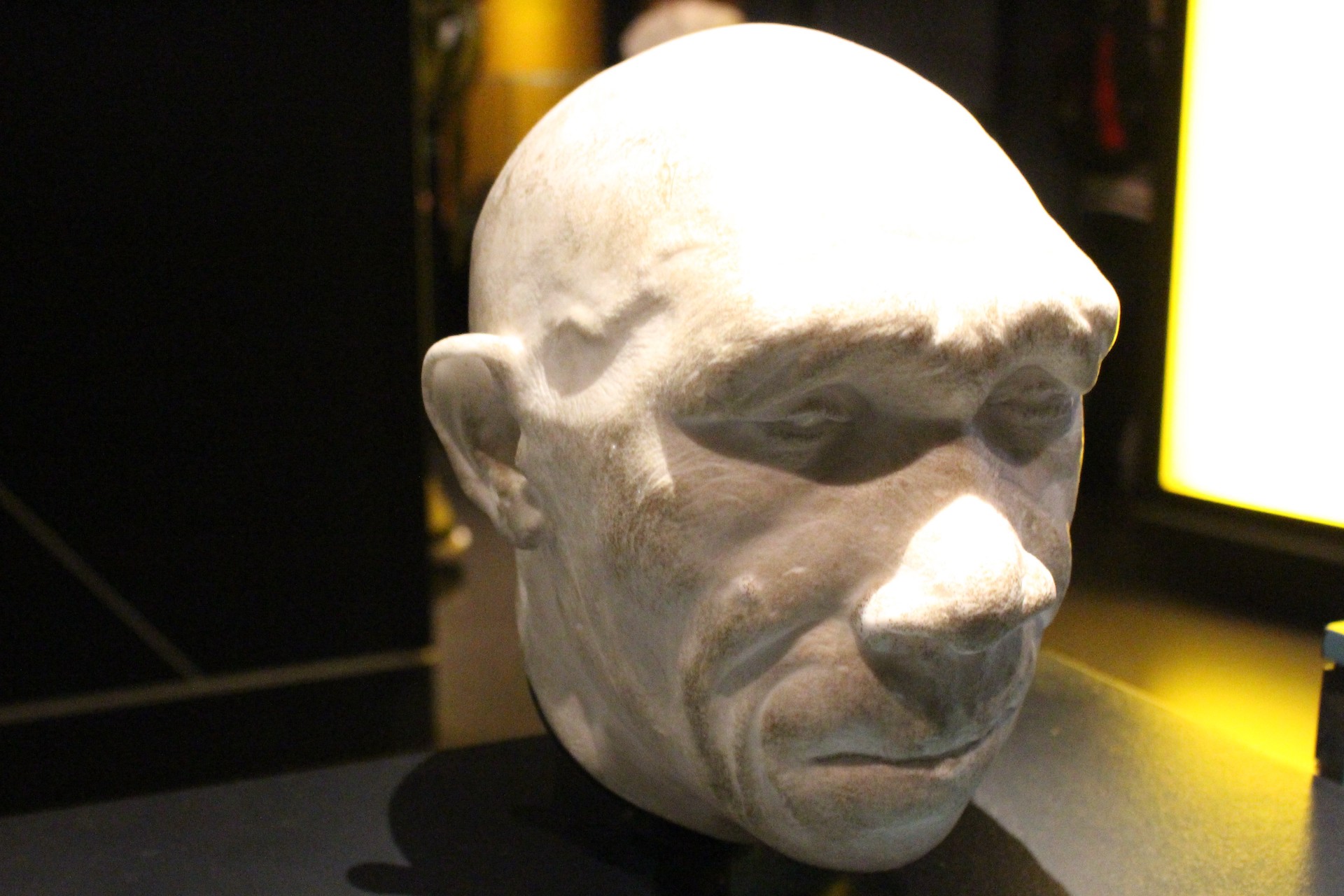
Source: Wikimedia Commons
“But one of the revelations of research in the last 15 years is that there were multiple coexisting species in the human evolutionary record. It’s no longer a unilineal sequence from one thing to the next.”
The Possible Descendants of Homo erectus
Barham suggests that these human variations had similar habitats, but were doing something slightly different to exist.
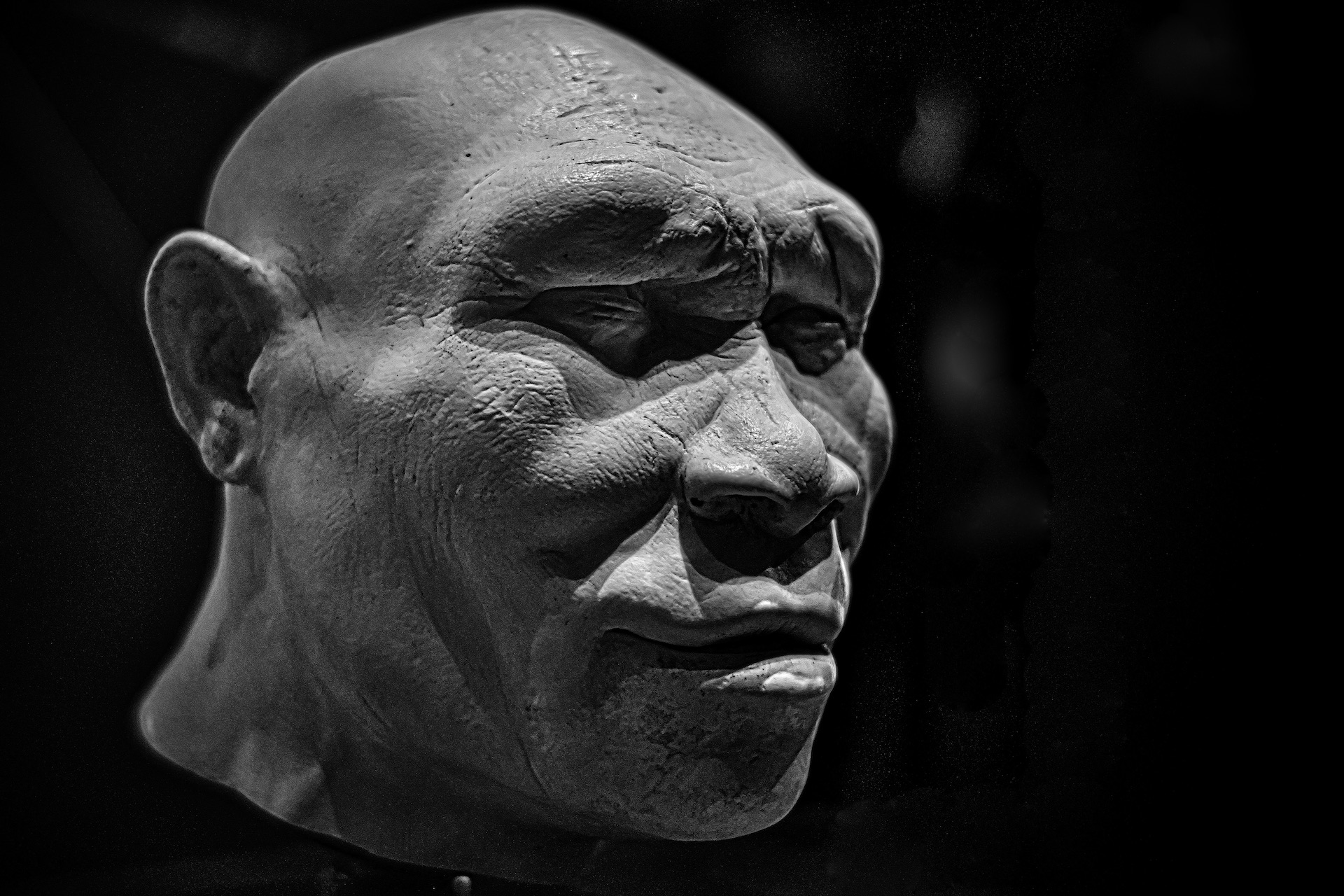
Source: Wikimedia Commons
These habitats possibly descended from Homo erectus—an ancient primate from two million years ago believed to be the earliest species in the human lineage—since the structure and tools were very complex for the time.
Reevaluating Our Knowledge of the Past
The discovery of these tools alludes to the fact that what we have believed about life during the Stone Age might not be true.
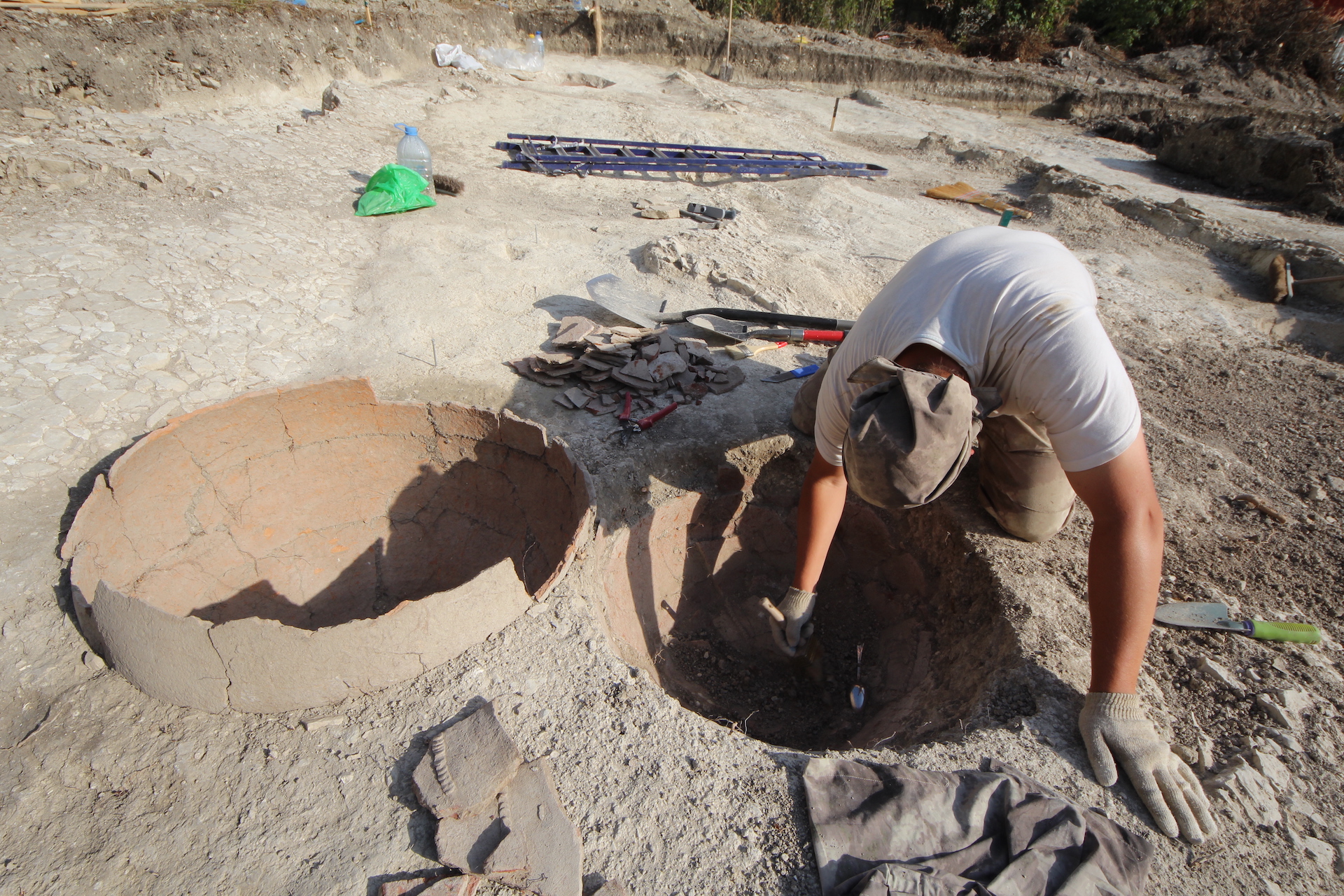
Source: Wikimedia Commons
“You wouldn’t be investing in cutting down trees and making some kind of framework unless you are staying in that place or coming back to that place,” Barham said.
Taking the Path of Least Resistance
“I’ve always assumed in the early Stone Age people were constantly moving, they were foragers. They would follow the game or a water source. Here you have a little river base, floodplain, and trees all around. No doubt there would have been animals there. You’ve got all the plant food and the wood, why not just stay there?” Barham said.

Source: Freepik
“That seems a much more human response, the path of least resistance is just to sit and make the most of this little garden of Eden.”
Other Ancient Structures
Several other constructions from the past have shaped and molded our understanding of humanity through the centuries, despite this structure being the oldest known evidence of humanity.

Source: Freepik
These are some of the oldest structures from the Megalithic Temples of Malta to the Knap of Howard.
The Temples of Malta
The Megalithic Temples of Malta, which date back 3,500 to 2,500 BCE, are some of the oldest structures in the world. European and native Maltese archaeologists rediscovered the group of stone temples in the 19th century, which are older than Stonehenge and the Egyptian pyramids.
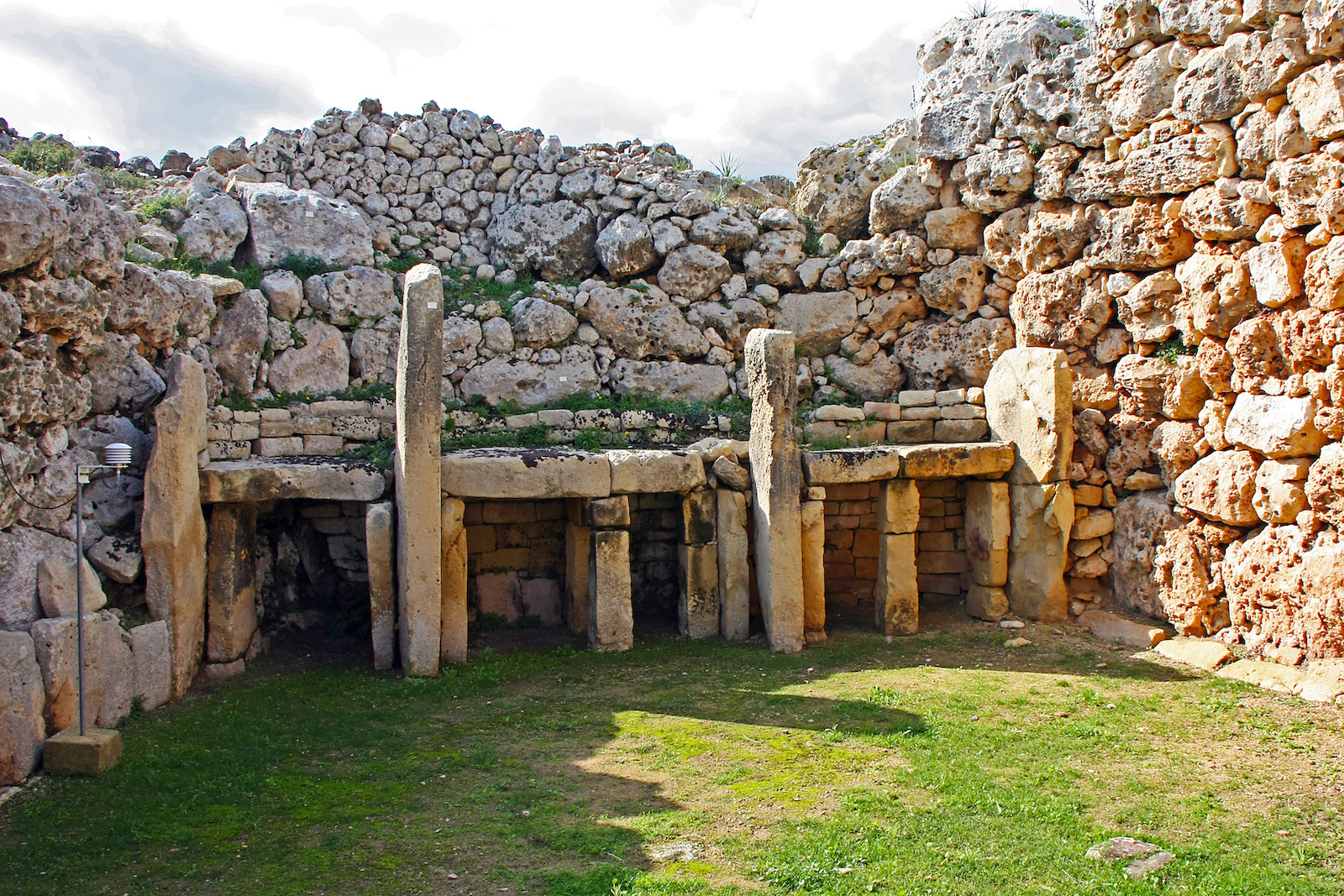
Source: Wikimedia Commons
Not much is known about these structures besides the livestock sacrifices that took place in the temples.
The Knap of Howar
Located on the Scottish island of Papa Westray, the Knap of Howar is the home to a Neolithic farmstead that dates back to 3,500 BCE.
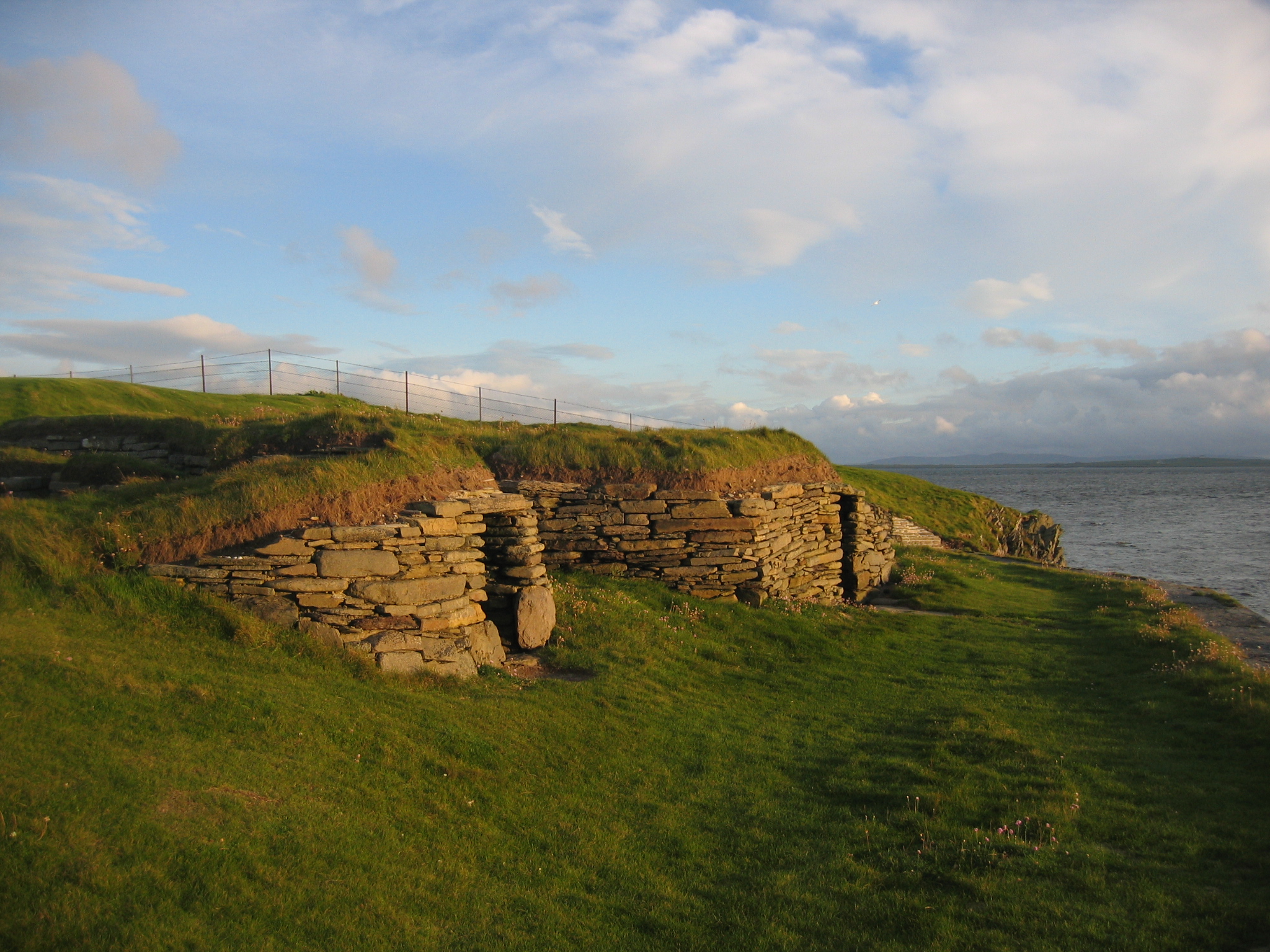
Source: Wikimedia Commons
The farmstead, comprising two adjacent, rounded rectangular, thick-walled buildings with very low doorways, is the oldest known preserved stone house in northern Europe.
Newgrange
This 5,000-year-old religious site is shrouded in mystery. Many believe that this structure had a religious function since the rising sun floods the interiors during the winter solstice.
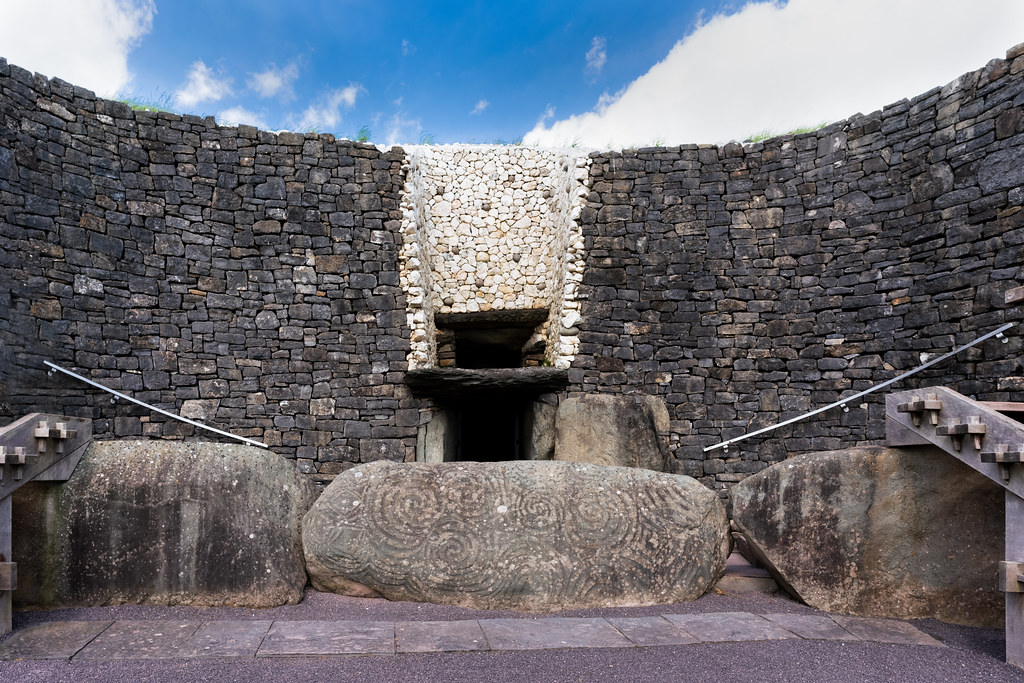
Source: Steven Zucker/Pexels
According to All That’s Interesting, the historic mound’s diameter measures around 262 feet and is surrounded by 97 stones, with the most notable rock being the Entrance Stone.
Hulbjerg Jættestue
Hulbjerg Jættestue is a burial spot in Denmark that dates back to 3,000 BCE. When discovered, they found 40 corpses inside, with one displaying early examples of dentistry.

Source: Wikimedia Commons
Different piles in the Neolithic period building were established for bones and skulls. Researchers believe that the evidence of purposeful dentistry in the structure is the earliest evidence of the practice.
Monte d’Accoddi
Archaeologists discovered Monte d’Accoddi in 1954. They believe people erected the site between 2,700 and 2,000 BCE, possibly featuring an altar, temple, or step pyramid.
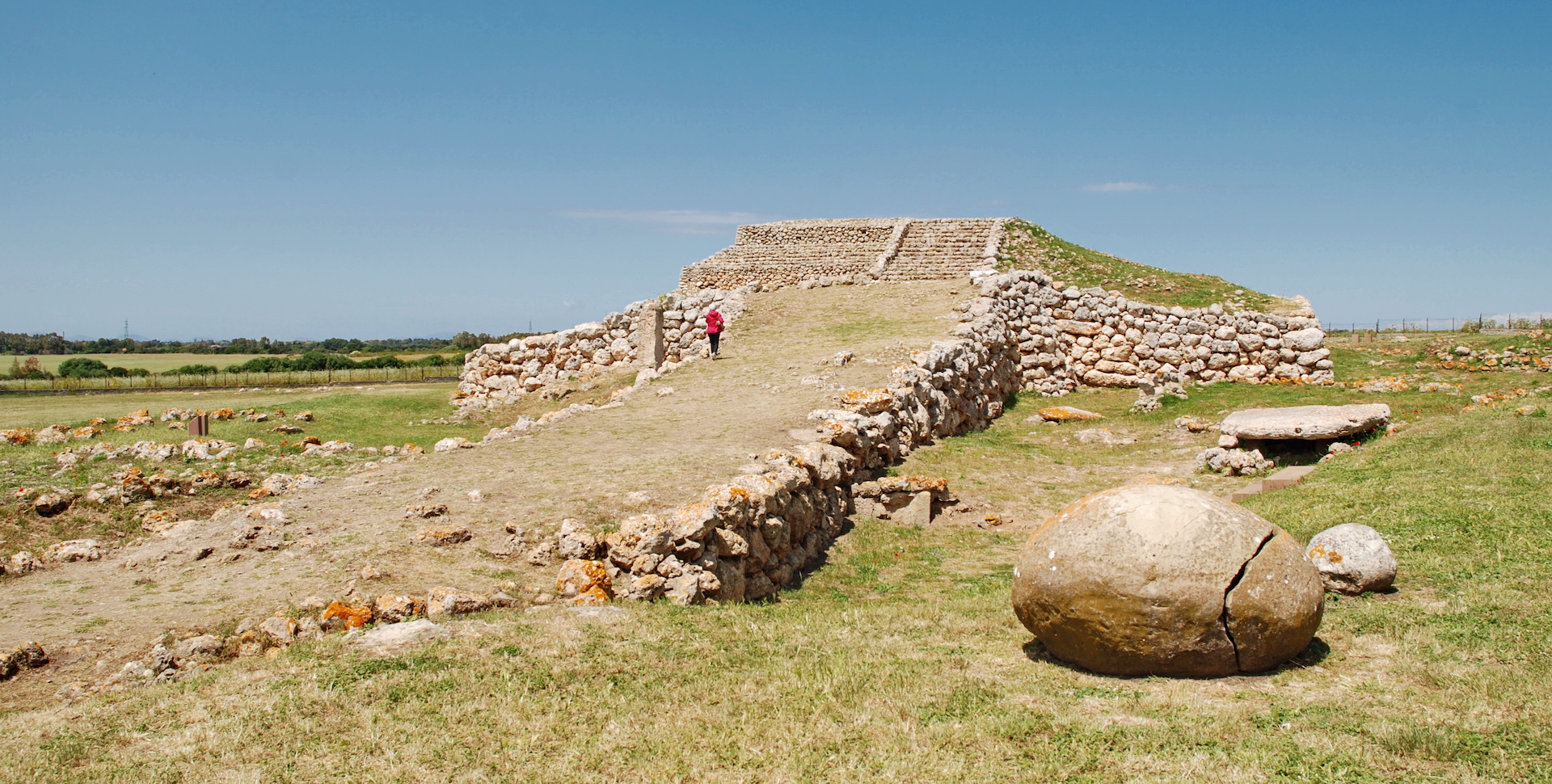
Source: Wikimedia Commons
Monte d’Accoddi showcases evidence of the contemporary cultural transition from Neolithic to Eneolithic according to Maria Grazia Melis of the Department of Humanistic Sciences and Antiquities at the University of Sassari.
Çatalhöyük
Dating back to 7,400 BCE, the Çatalhöyük is a network of ancient homes that archaeologists are unsure about its ancient use. Some believe that the homes were domestic buildings for families.
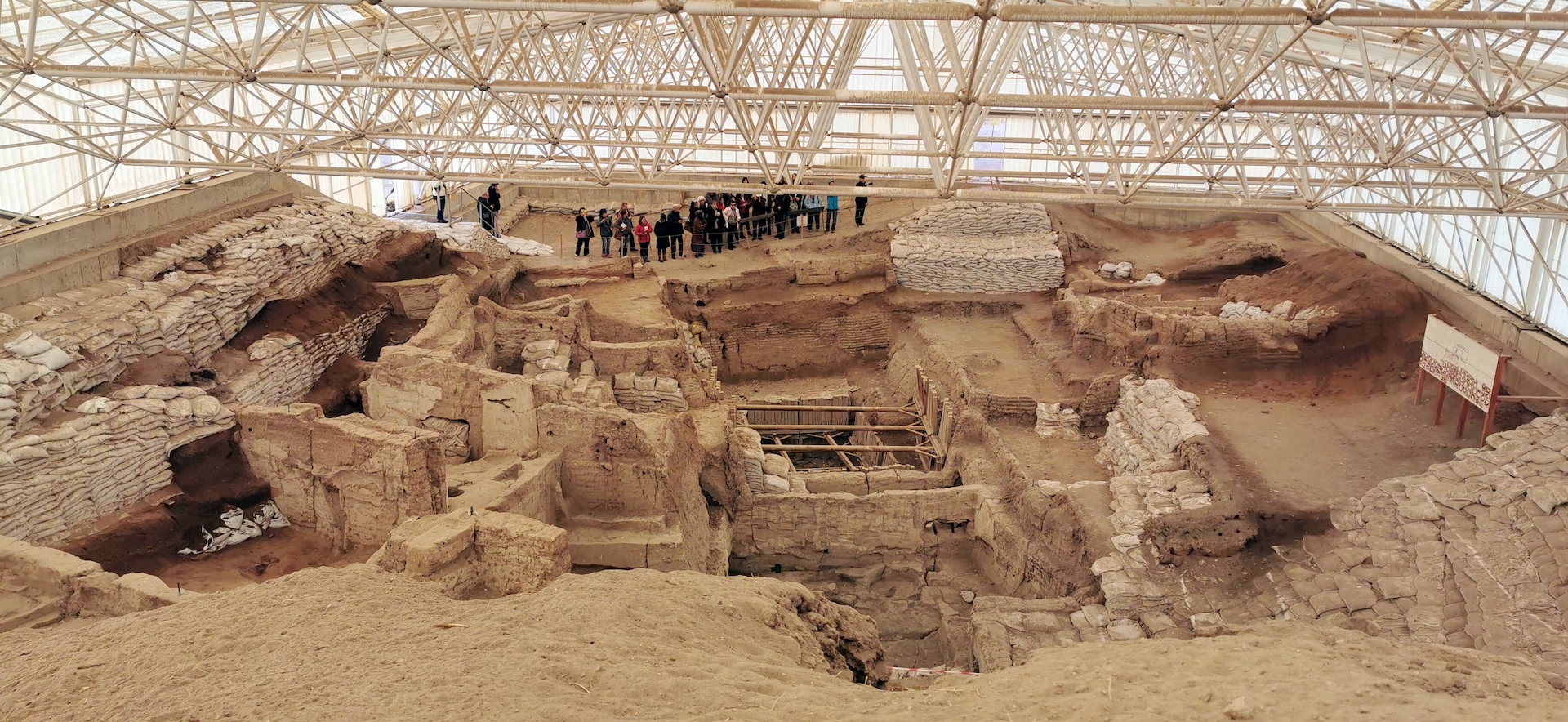
Source: Wikimedia Commons
There are no streets or roads to separate the dwellings in the ancient structure, suggesting that people lived near each other.
The Wall of Jericho
The Wall of Jericho didn’t come tumbling down during the Battle of Jericho. The Israelites destroyed the wall in the Book of Joshua, but part of the Wall of Jericho still stands today.
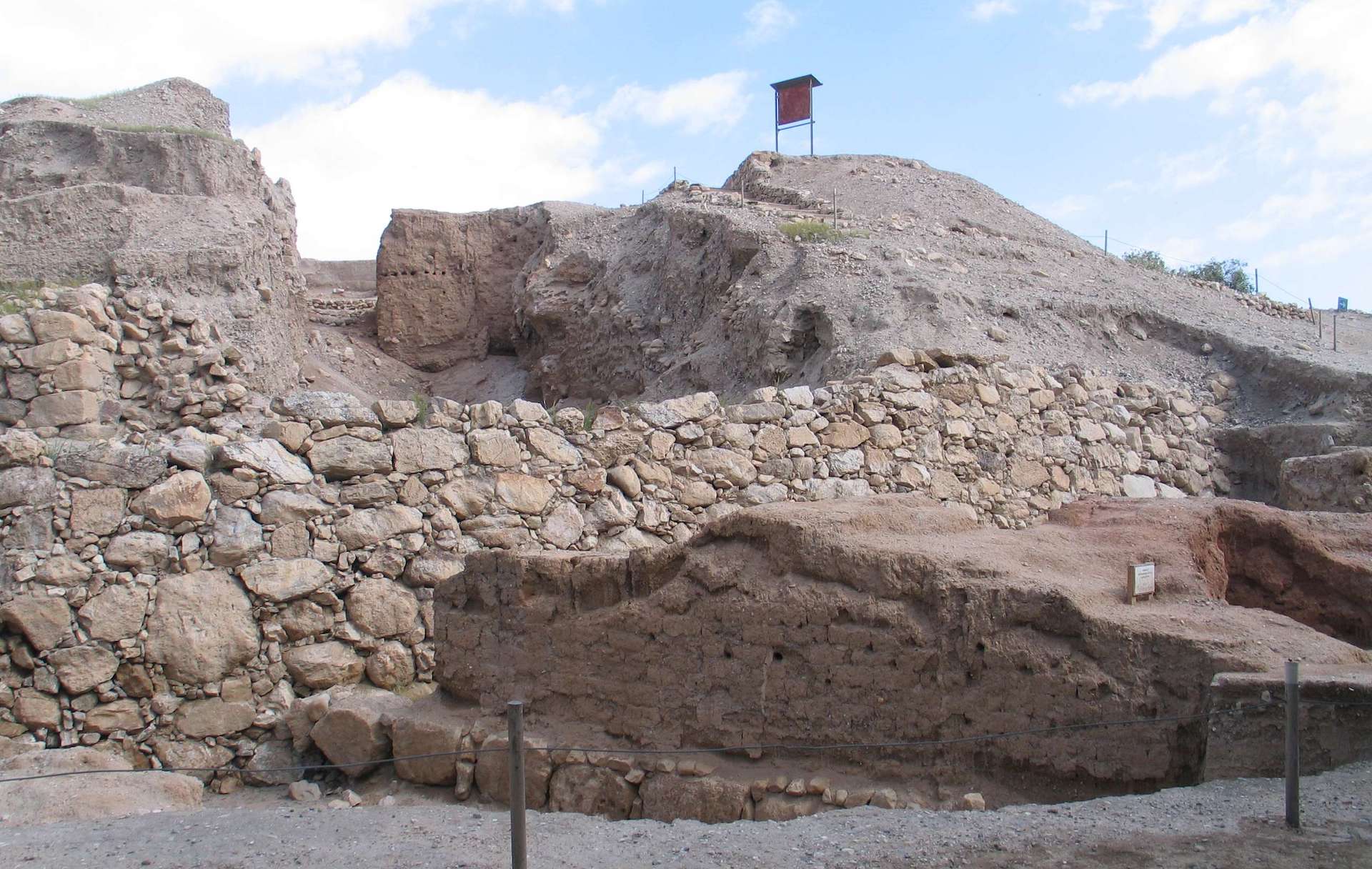
Source: Wikimedia Commons
The original Neolithic Wall of Jericho is considerably older, dating perhaps as far back as 8,000 BCE. Archaeologists believe that people designed the wall to protect emerging cities from floodwaters near the end of the Ice Age.
